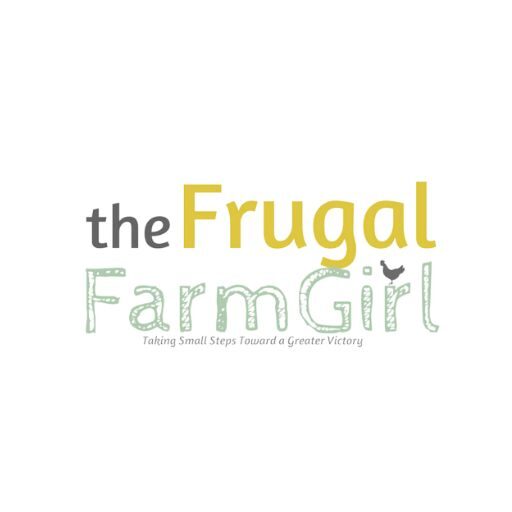The first thing you need to decide when planning a container garden is whether you’d prefer to grow your plants indoors or outdoors. A lot of people think container gardening is only for indoor growing and patios, but containers can be useful for any garden situation.
Containers are great for growing almost any type of plant because they offer great versatility. If you plant your garden in containers and you need to move it later, it’s easy to do it.
Not so if you have a traditional garden!

Location
If you’re expecting terrible weather, you can temporarily move containers to a safer location, like indoors or into a garage or basement. But there isn’t much you can do for a traditional garden.
If your plants aren’t doing well because the space you chose is too sunny or shady, there isn’t much you can do with a traditional garden, but you can easily move potted plants to a better location.
If you choose to have your container garden outdoors, you need to be sure to choose a good location for it.
You’ll want to choose a place that has the proper amount of sun for the plants you wish to grow, but it also needs to be a place that’s very accessible.
It’s easy to lose motivation to work on your garden if it’s several hundred yards away from the house! That’s coming from experience. Letting the weeds go is easier when you don’t see them close up daily.
Be sure to locate your plants as far away from the streets as possible. Pollution from cars and the dust they kick up can damage your plants and contaminate them.
You don’t want to eat all that pollution, so locate plants as far away from those roads as possible.

Best Indoor Spot
If you have your plants indoors, you’ll need to be sure to select a very good spot. Most plants need to be pretty warm, so you’ll need to choose the warmest spot in your house if you use air conditioning.
Many plants won’t do well in very chilly homes, so you might need to choose a room for your plants and keep the vent closed in that room so it stays warmer there. Choose a sunny room with a lot of natural sunlight if you can.
Best Lighting
Plants thrive best with natural light. If you don’t have a room with a lot of sunlight, you’ll have to use special plant lights for your plants. You can’t use just any fluorescent lights, because plants won’t thrive.
You need to use lights that are specially designed for growing plants. They contain a broad spectrum of light, which is closer to natural light than standard bulbs. You may also have to adjust the humidity in the room with your plants.
Some plants thrive better in higher humidity, and others do well in lower humidity. You may need to invest in special equipment to adjust the humidity if you’re raising very delicate or picky plants.
You probably won’t have to do this unless you’re growing exotic varieties.

Best Plants To Grow
Next, you’ll need to choose which plants you want to grow. Be careful! Too many people choose to plant far too many varieties, and end up frustrated. Don’t grow anything you can easily pick up cheaply at the grocery store!
Stick to growing fruits and vegetables that you really enjoy and have a hard time locating locally, or those you find too expensive or too low quality. Tomatoes are a favorite for home gardeners, because their quality in stores if often very poor.
Organically Grown
Finally, decide whether or not you want to grow your plants organically. If you’re growing indoors, this will probably be very simple to do.
But if you’re growing your plants outside, you may find the frustration of dealing with pests is just too much for you.
Don’t feel guilty if you find organic gardening too difficult. You can always try it after you have more experience.
Before you go check out more gardening tips:
